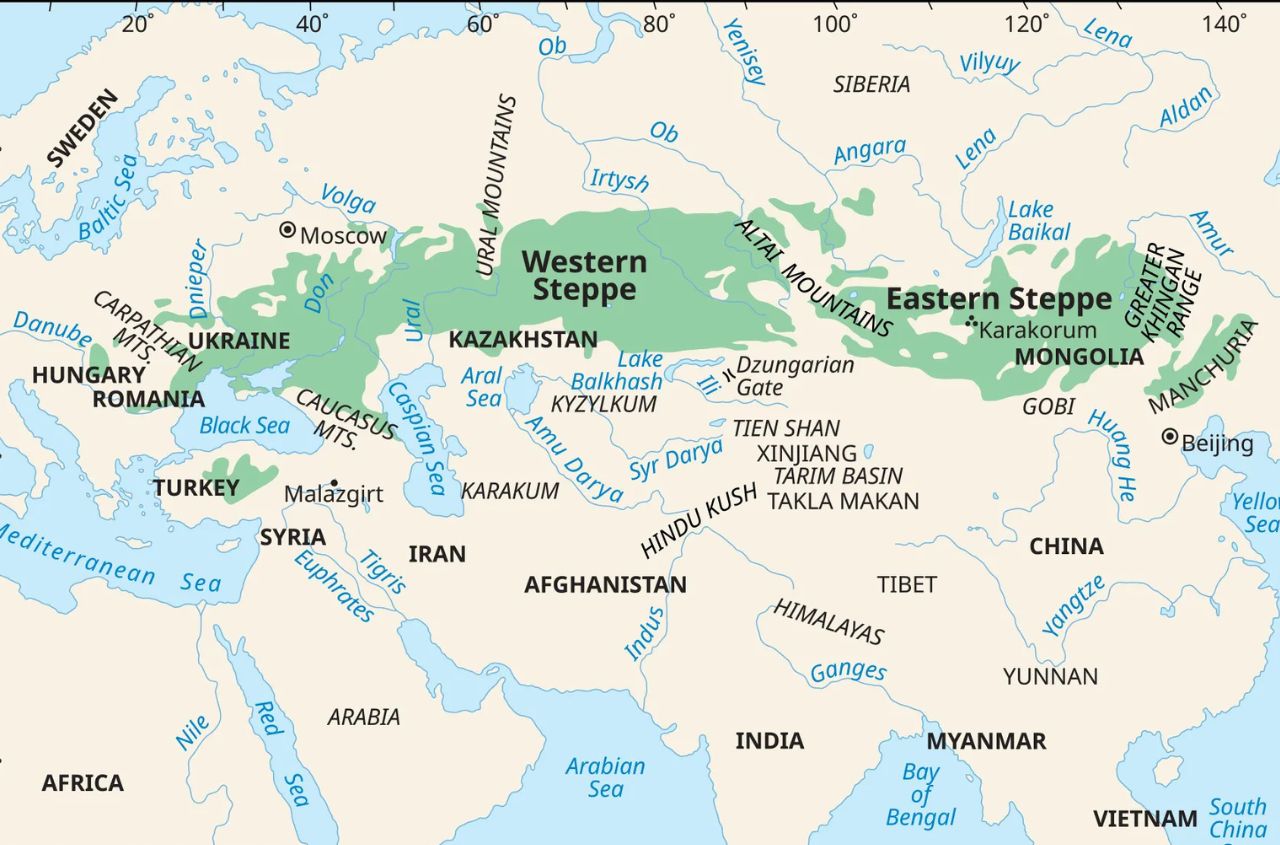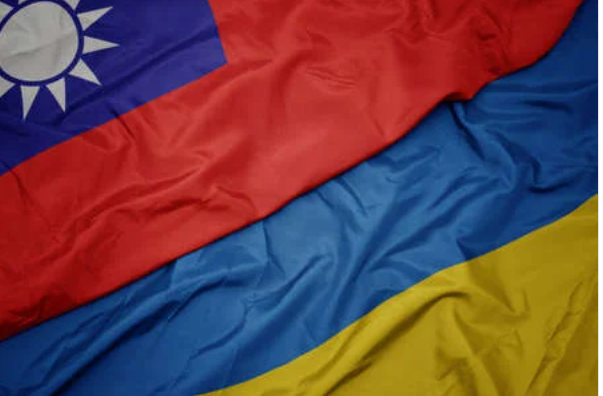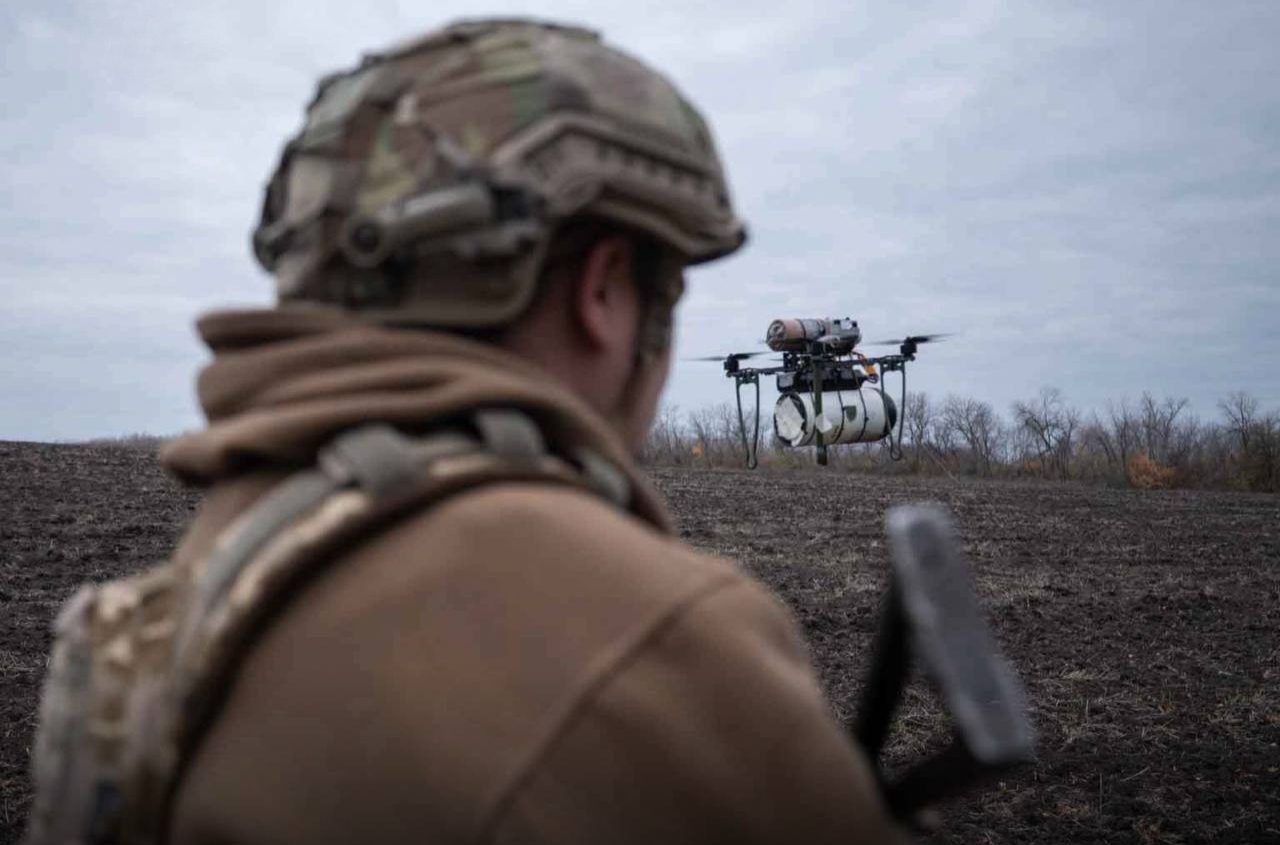Besides the Indo‑Pacific region, which is becoming for the United States the “Atlantic of the 21st century,” one of the key regions in Eurasia for America is Central Asia plus the South Caucasus.
You could say that the current maxim of American geopolitics outside the Western Hemisphere (“America from Greenland to Antarctica”) is the following:
South Caucasus + Central Asia — counter China in the Indo‑Pacific.
Leaders from Central Asian countries have begun arriving in Washington for a meeting with Trump in the C5+1 format.
We are talking about countries such as Kazakhstan, Kyrgyzstan, Tajikistan, Uzbekistan, and Turkmenistan.
Leaders of the South Caucasus visited Washington very recently and handed Trump the keys to the Zangezur corridor.
How will the U.S. act?
By strengthening its influence through the Westernization of local political elites.
And this process is moderated by integrating local clans into Western capital chains.
For example: you buy American aircraft — you receive a kickback, and so on.
For Central Asia this also creates space for geopolitical maneuver, given their squeeze between Russia, China, and Islamic fundamentalism.
The U.S. is trying to have levers of influence along all directions of the New Silk Road: Northern (using sanctions on Russia and Belarus), Southern (using sanctions on Iran), and Central (using “soft power” toward the South Caucasus and Central Asian countries).
The key Eurasian battle will be for the Eurasian steppe (grain) corridor — the “power vector” along the northern Caspian, the Azov region, and the Black Sea littoral.
Just like 800 years ago.
The current war in Ukraine is also part of this global confrontation.
In the context of “grand geopolitics,” the winner here (the U.S. or China) will be whoever first implements a developer’s project of peaceful development.
So far, Russia acts as a “bulldozer,” reshaping the landscape of productive forces formed during the Soviet era.
Whoever launches their peaceful development project first — China or the U.S. — time will tell.
In principle, both China and the U.S. are interested in one thing here: logistic corridors, control of food flows and mineral resources, above all rare minerals.
The agency of local players — the chain of states along the Eurasian steppe corridor — will be measured by the depth of local natural‑resource processing and the degree of integration into global value chains.
Subjects who are proactive and smart will get deep processing, technology, and investment.
Non‑actors will get only mines, quarries, poisoned water and ecology — with depopulation and deindustrialization thrown in.
The strategy of forming security sub‑blocks, which can manifest as a “splintering” of NATO into a number of sub‑blocks, is simple: NATO cannot contain China — that is not the function of this bloc.
Therefore the U.S. will try to contain China through a whole chain of security sub‑blocks: Arctic, Indo‑Pacific, Middle Eastern, South Asian.
Central Asia and the South Caucasus fall into the operational zone of a Turkic‑Arab, Sunni analogue of NATO:
- Turkey, Syria, Qatar, Azerbaijan;
- Saudi Arabia, Jordan, Pakistan.
These very security clusters will “press” on South and Central Asia and the South Caucasus to block the expansion of Chinese influence into these regions.
Unless those countries decide to play their own game.
By the way, there will be plenty of defectors in this region.
Some will switch “camps” several times over a relatively short period.



















